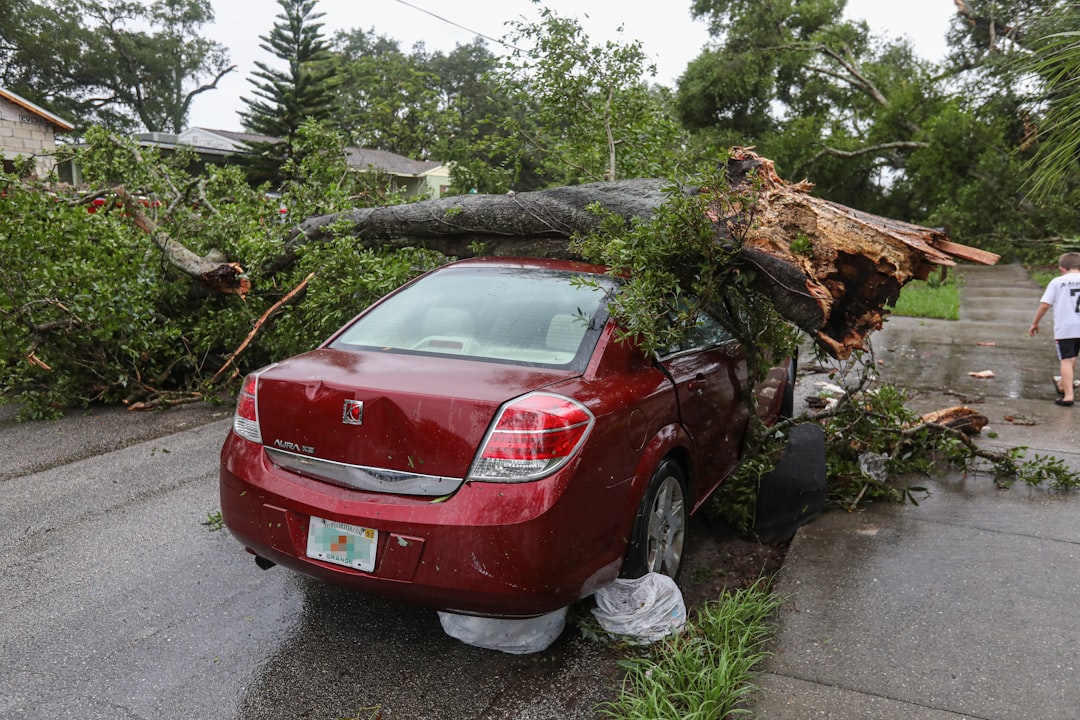What is it about?
The alkaline magma generation in the eastern India and Antarctica occurred within the periphery of the Kerguelen-plume at 120-110 m.y. ago. This is the time preceded or corresponded to the beginning of the plume activity in the Indian Ocean. Alkaline magmas originated by low degree melting of substantially heterogeneous lithospheric mantle, which was formed at the early stages of eastern Gondwana evolution.
Featured Image

Photo by James Eades on Unsplash
Why is it important?
Jurassic-Cretaceous dikes, stocks and sills of alkaline-ultramafic rocks akin to kimberlite-rock clan are exposed in Jetty oasis and on the south shore of Radok Lake where they cut Meso-Neoproterozoic metamorphic rocks of the Beaver Complex, Permo-Triassic clastic sediments of the Amery Complex and Late Paleozoic subalkaline mafic dikes within the Lambert Glacier area, located opposite the Kerguelen Archipelago . The influence of the plume on the first stages of activity affected this mantle and metasomatized it by penetrating melts which were often enriched in volatile components. Subsequent high temperature plume impact could lead to the mantle melting and to incipient alkaline and carbonatite magmas appearance within Lambert and Rajmahal regions.
Perspectives
All of the above alkaline-ultramafic rocks contain various nodules of mantle origin, mainly peridotites, as well as numerous xenoliths of host Permo-Triassic sediments, Precambrian metamorphic rocks, and quartz porphyries, further study of which may be of great interest.
Boris V Belyatsky
Karpinsky Geological Institute (VSEGEI)
Read the Original
This page is a summary of: Genesis and Distribution of Ultra-alkaline Magmatism within the East Antarctic Associated with the Kerguelen Plume Activity, Acta Geologica Sinica - English Edition, October 2016, Wiley,
DOI: 10.1111/1755-6724.12971.
You can read the full text:
Contributors
The following have contributed to this page










